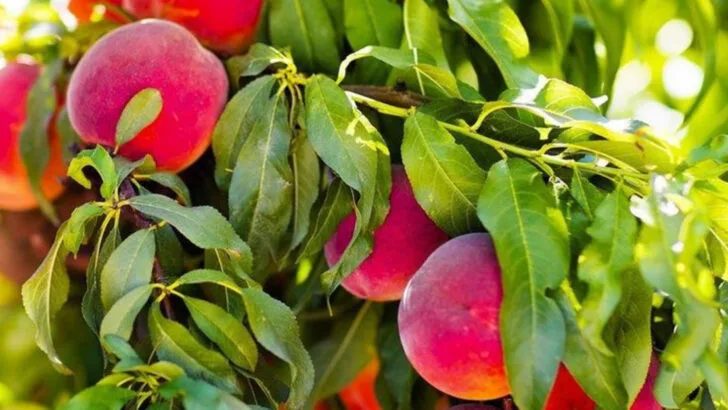Fruit trees have a way of making a garden feel established, like something is really happening out there. But not all of them are as low-maintenance as you’d think. Some thrive with barely any fuss, while others demand the kind of care (and climate) most of us can’t provide without a greenhouse and a lot of patience.
If you’ve ever planted something full of hope only to end up with sad leaves and zero fruit, you’re not alone. The trick is knowing which trees are well-suited to ordinary backyards and which ones are better off left to commercial growers or serious hobbyists. Here’s a breakdown of 13 fruit trees that are surprisingly easy to grow, plus 7 that tend to struggle unless they’re tucked safely inside a greenhouse.
Apple Tree
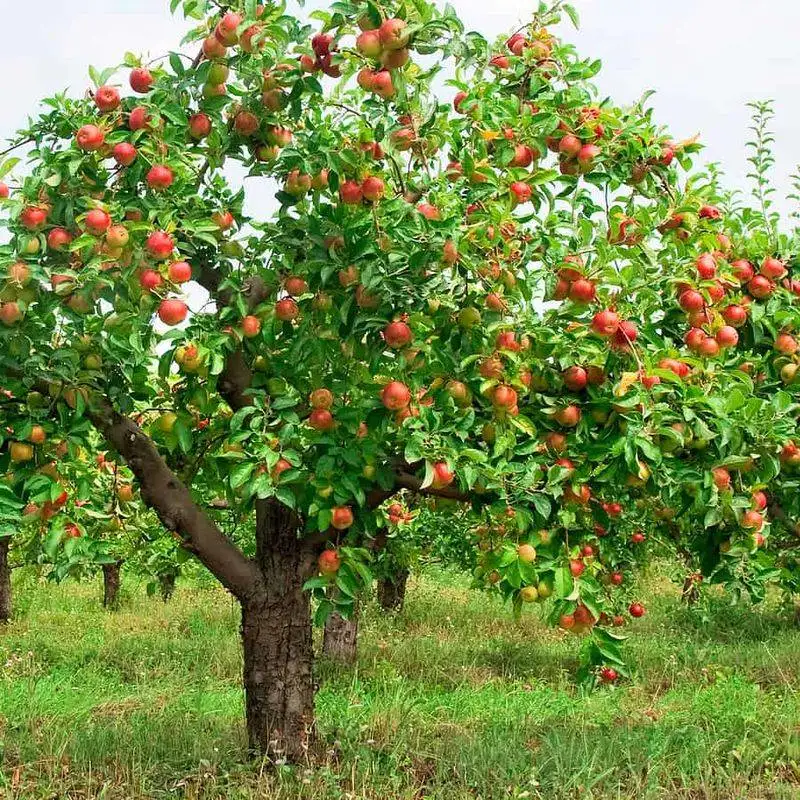
Apple trees are a staple in many gardens. With proper sunlight and soil, they blossom into beautiful, fruit-bearing trees, requiring little more than routine watering and seasonal pruning. Their adaptability makes them a joy for both novice and seasoned gardeners. In the spring, the delicate white and pink blossoms are a sight to behold, filling the air with their sweet fragrance.
Did you know? The apple tree originated in Central Asia and has been cultivated for thousands of years. Its resilience and fruitfulness are key to its widespread popularity.
Orange Tree
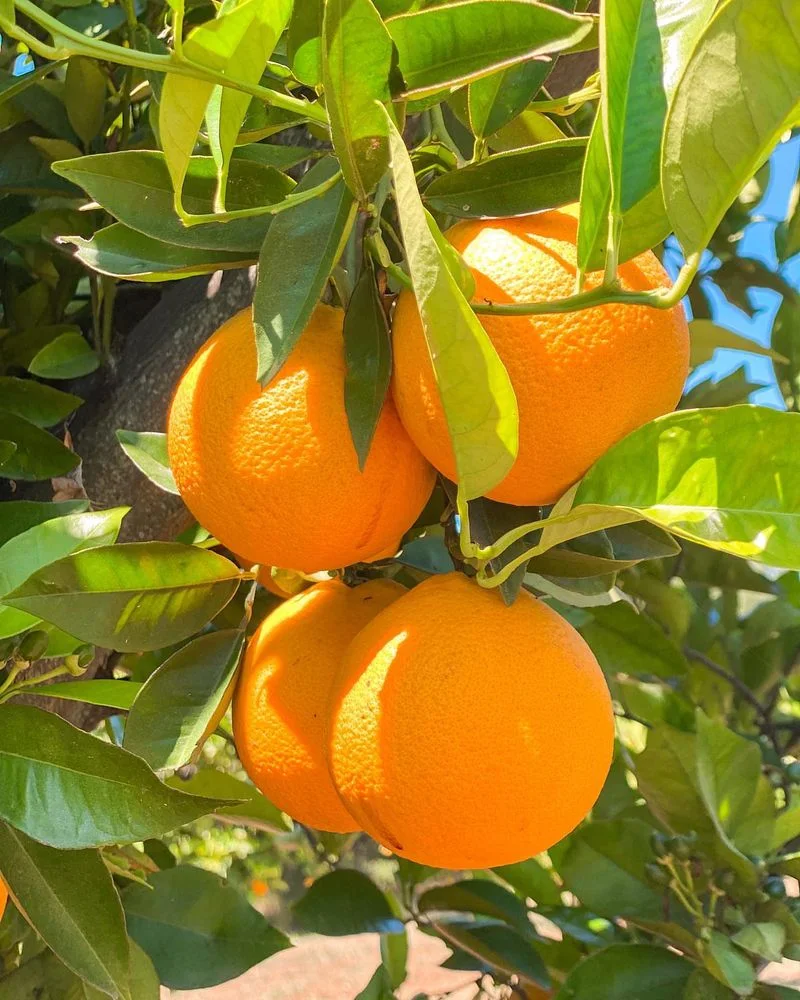
Orange trees bring a slice of the tropics to your backyard. With their bright and juicy fruit, they are both ornamental and fruitful. These trees love basking in the warm sun, requiring well-drained soil to flourish. Their glossy leaves and fragrant white flowers add beauty to any garden.
Historically, orange cultivation began in Southeast Asia, spreading across the globe due to their delicious taste and health benefits. Their sunny disposition brightens the garden and the table.
Pear Tree
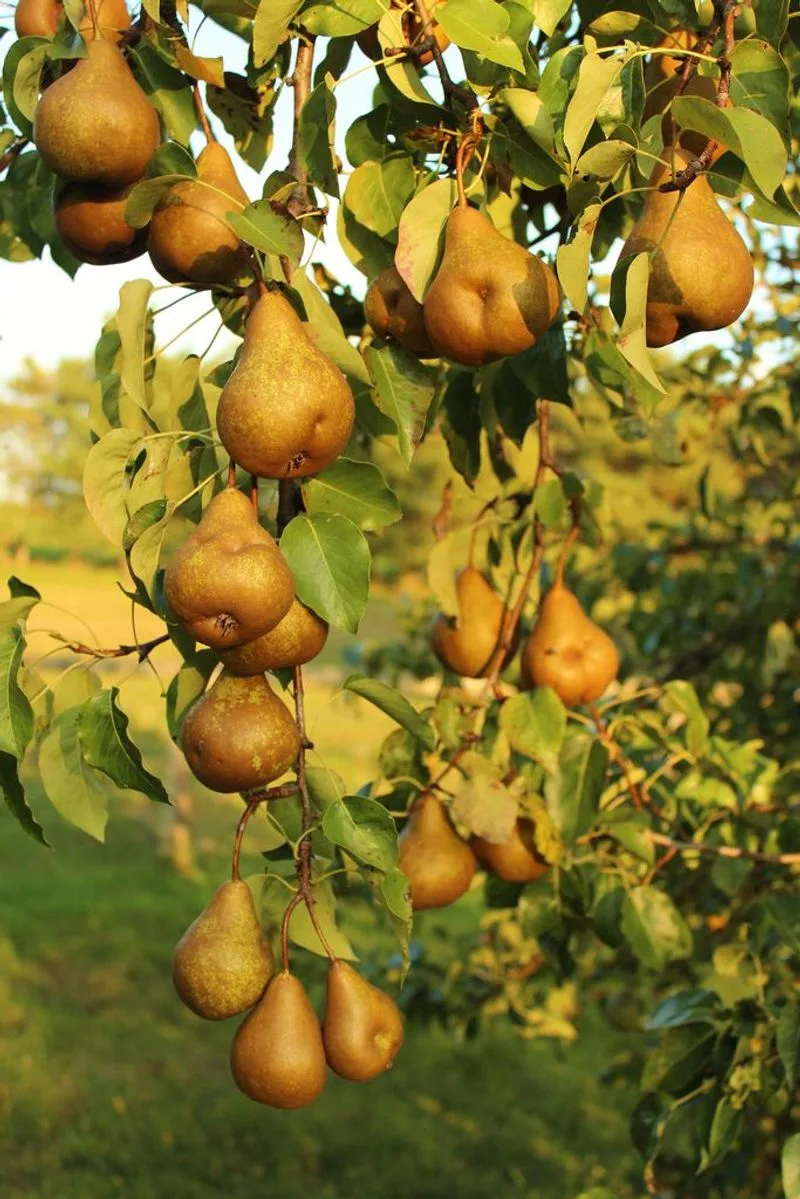
Pear trees are synonymous with elegance and simplicity. Their graceful stature and sweet, juicy fruit make them a favorite among gardeners. Pears need a bit of patience, as they take a few years to bear fruit, but their resilience is worth the wait.
Originating from Europe and Asia, pear trees have been cultivated since ancient times. Their unique flavor profile enriches any culinary endeavor, from fresh eating to baking. Their tenacity in various conditions makes them a viable choice for many regions.
Cherry Tree
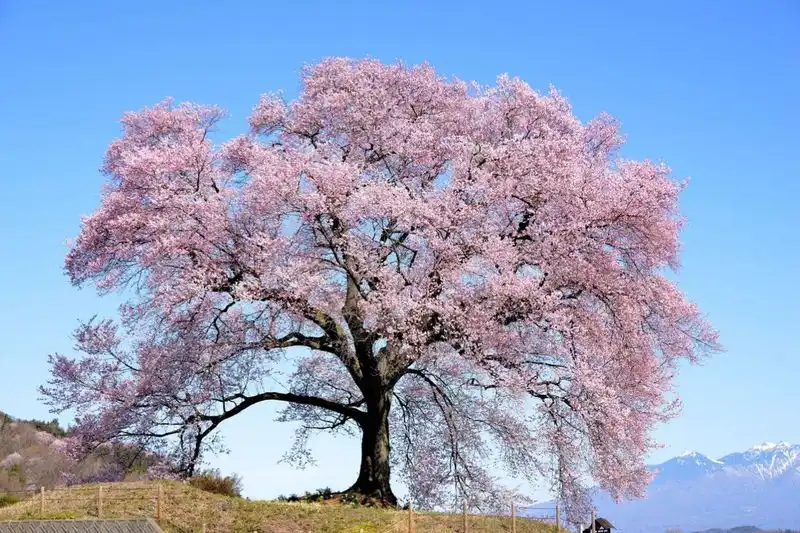
Cherry trees, with their enchanting blossoms and delicious fruit, are a garden favorite. They require well-drained soil and a sunny location to flourish. In spring, their pink and white blossoms create a stunning spectacle, reminiscent of traditional Japanese Hanami celebrations.
These trees are steeped in cultural history, symbolizing renewal and beauty. Their fruit, perfect for pies and jams, is a delightful treat that adds a burst of flavor to any dish.
Plum Tree
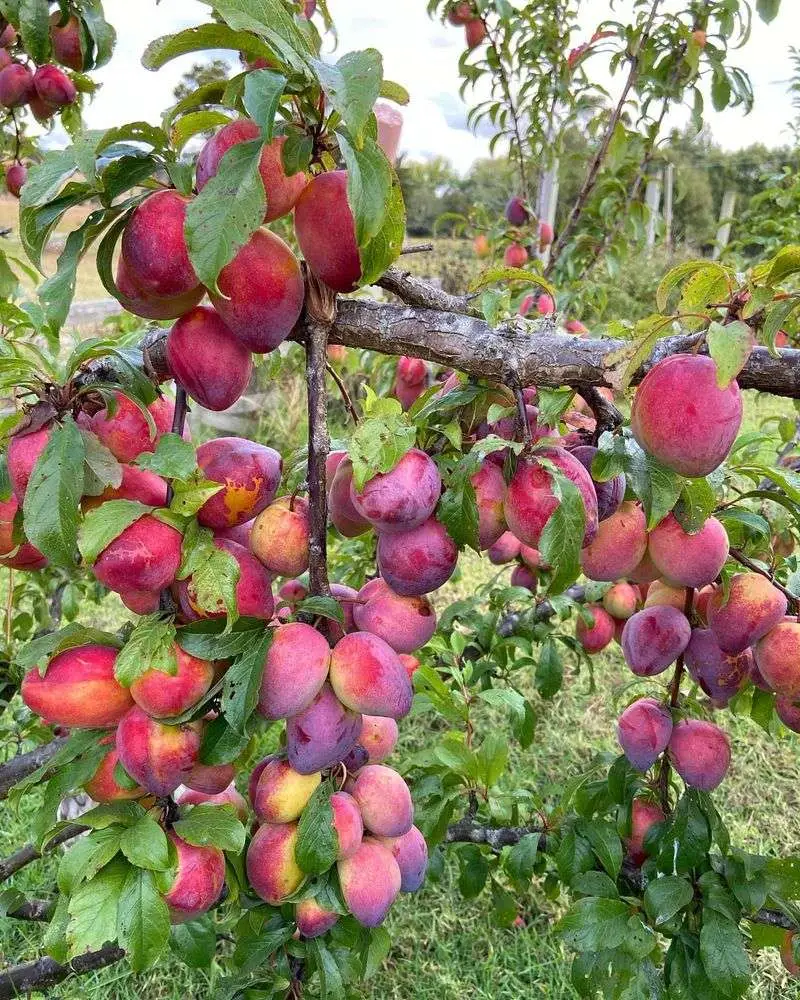
Plum trees are known for their vibrant foliage and sweet, succulent fruit. These trees thrive in temperate climates, enjoying full sun and well-drained soil. Their blossoms, a delicate shade of pink, herald the arrival of spring.
Originating from China, plums have been part of human diets for thousands of years. They offer a rich source of vitamins and antioxidants, making them both delicious and nutritious. Their easy-going nature makes them an excellent choice for home gardens.
Fig Tree
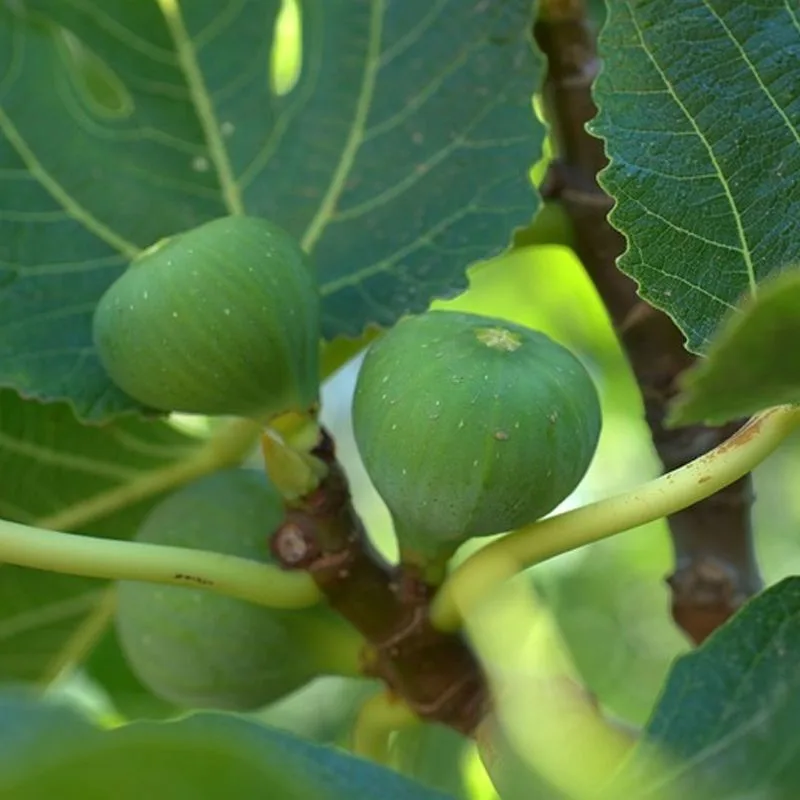
The fig tree, with its broad leaves and sweet fruit, is a symbol of abundance. They thrive in warm, dry climates and are remarkably drought-tolerant. Once established, fig trees require minimal care, making them ideal for gardeners who prefer low-maintenance plants.
Did you know? Figs have been cultivated since ancient Egyptian times, revered for their taste and medicinal properties. Their rich history and delicious fruit continue to make them a beloved choice in gardens worldwide.
Peach Tree
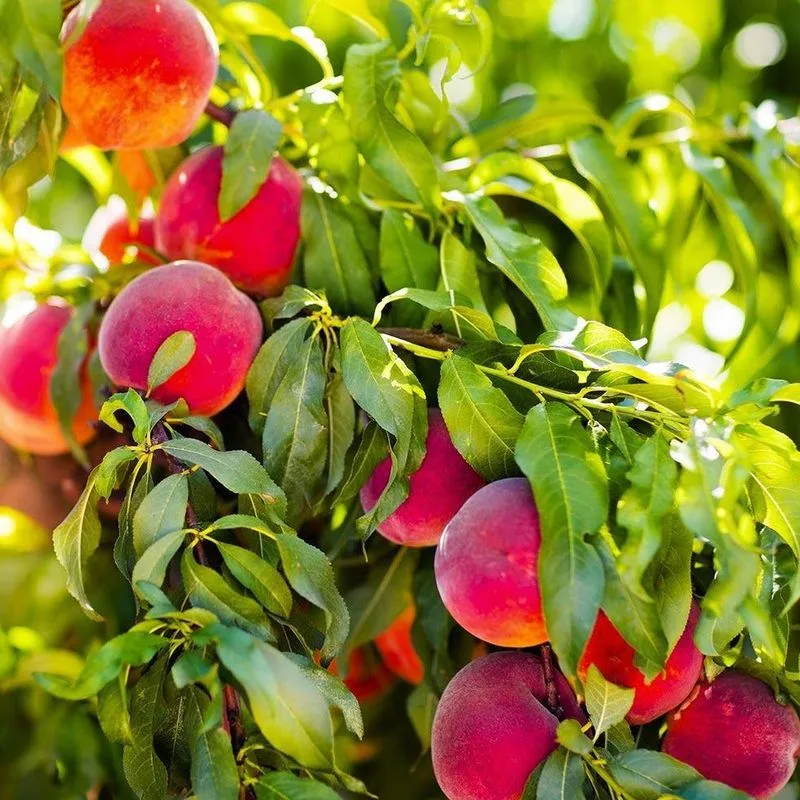
Peach trees offer a taste of summer with their sweet, juicy fruit. They thrive in warm climates, needing full sun and well-drained soil to produce their best fruit. The blossoms, appearing in early spring, are a beautiful pink hue, adding charm to any orchard.
Originating from China, peaches have traveled the world, becoming a symbol of longevity and prosperity. Their juicy fruit is perfect for fresh eating or making delicious desserts, adding a touch of sweetness to life.
Lemon Tree
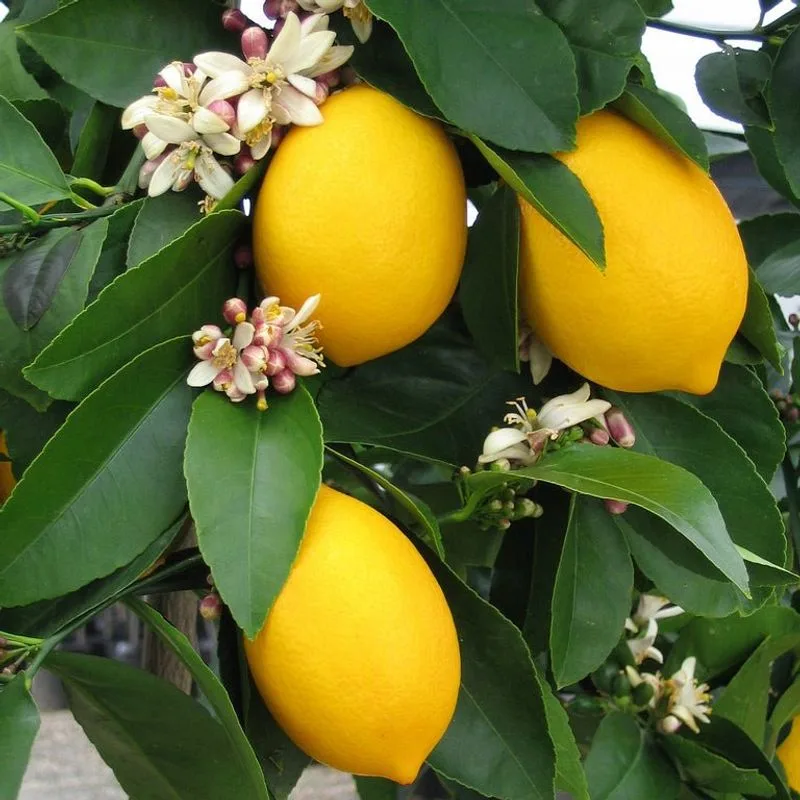
Lemon trees, with their sunny yellow fruit, bring a zestful energy to gardens. They flourish in warm, sunny climates and well-drained soil. Their fragrant blossoms are a haven for pollinators, adding ecological value to their beauty.
Historically, lemons have been prized since ancient times for their flavor and health benefits. They are celebrated for their versatility in culinary and medicinal uses, brightening both gardens and kitchens worldwide.
Apricot Tree
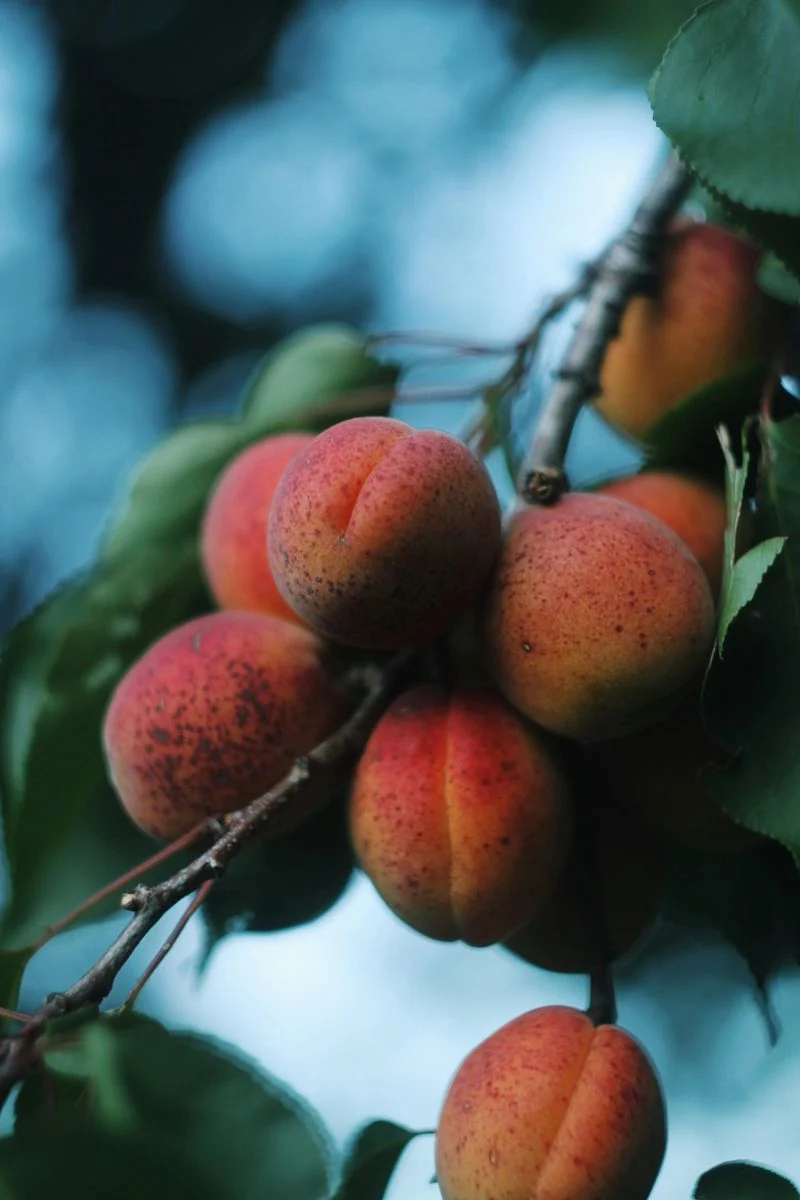
Apricot trees are beloved for their sweet, delicate fruit. They thrive in sunny, well-drained locations, rewarding gardeners with a bountiful harvest. Their early spring blossoms are a delightful pink and white, signaling the start of fruiting season.
Did you know? Apricots were first cultivated in ancient Armenia and have spread globally, cherished for their flavor and nutritional value. Their adaptability and fruitfulness make them a favorite in many orchards.
Pomegranate Tree
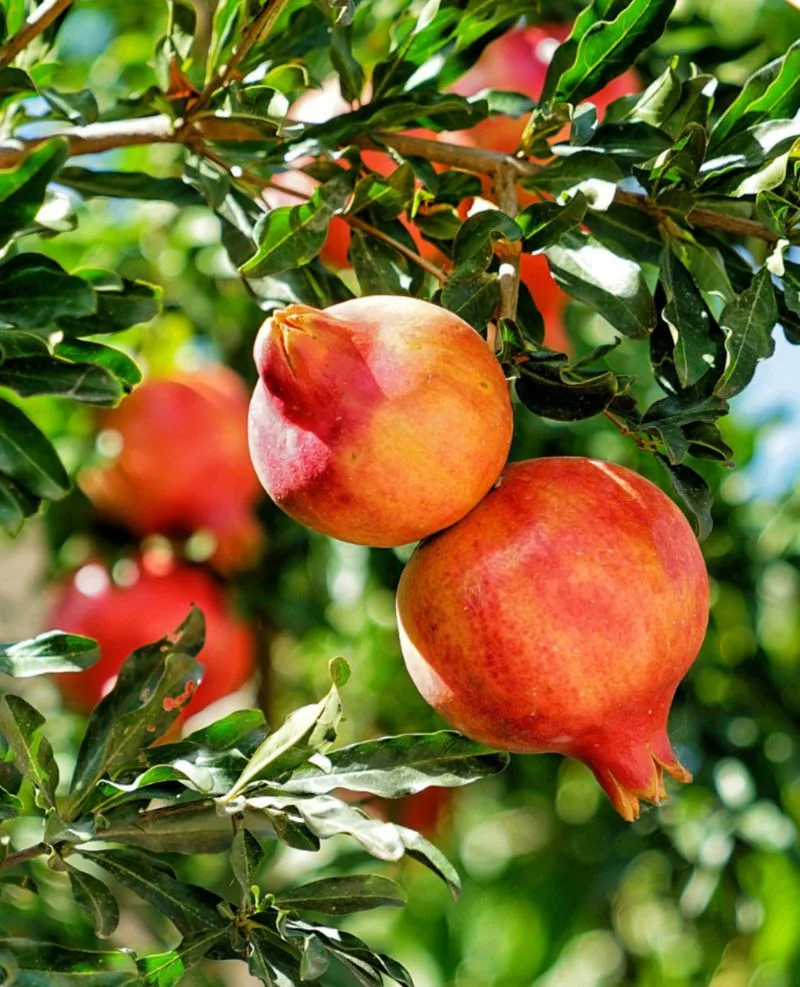
Pomegranate trees stand out with their vibrant red fruit and ornamental appeal. They thrive in warm climates, requiring full sun and well-drained soil. Known for their resilience, they are a perfect choice for gardeners in arid regions.
Historically, pomegranates have been symbols of fertility and abundance in many cultures. Their jewel-like seeds add a burst of color and flavor to culinary creations, making them as delightful to eat as they are to grow.
Mango Tree
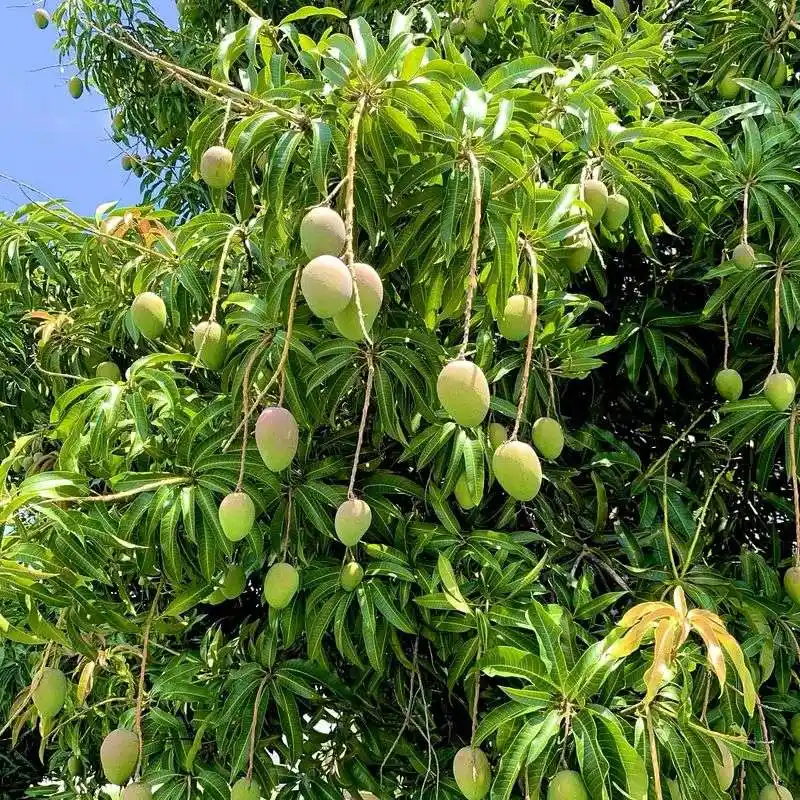
Mango trees, with their luscious fruit, are synonymous with tropical paradise. They thrive in warm, humid climates, needing full sun to produce their best fruit. The trees themselves are majestic, with dense canopies and a towering presence.
Originating from South Asia, mangoes have been cultivated for over 4,000 years. They are celebrated for their sweet, juicy taste and nutritional benefits, making them a staple in many tropical regions around the world.
Nectarine Tree
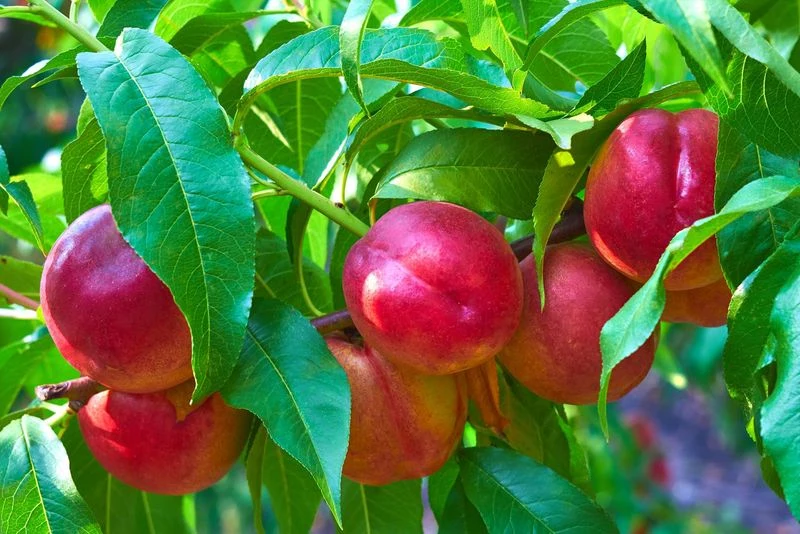
Nectarine trees, close relatives of peaches, offer sweet, smooth-skinned fruit. They thrive in sunny climates and well-drained soil, rewarding gardeners with juicy, flavorful harvests. Their blossoms are a delightful sight, heralding the arrival of spring.
Did you know? Nectarines are essentially fuzz-free peaches, sharing their origins in China. Their unique texture and sweet taste make them a popular choice for fresh eating and culinary creativity, enhancing any garden.
Banana Tree (Struggles)
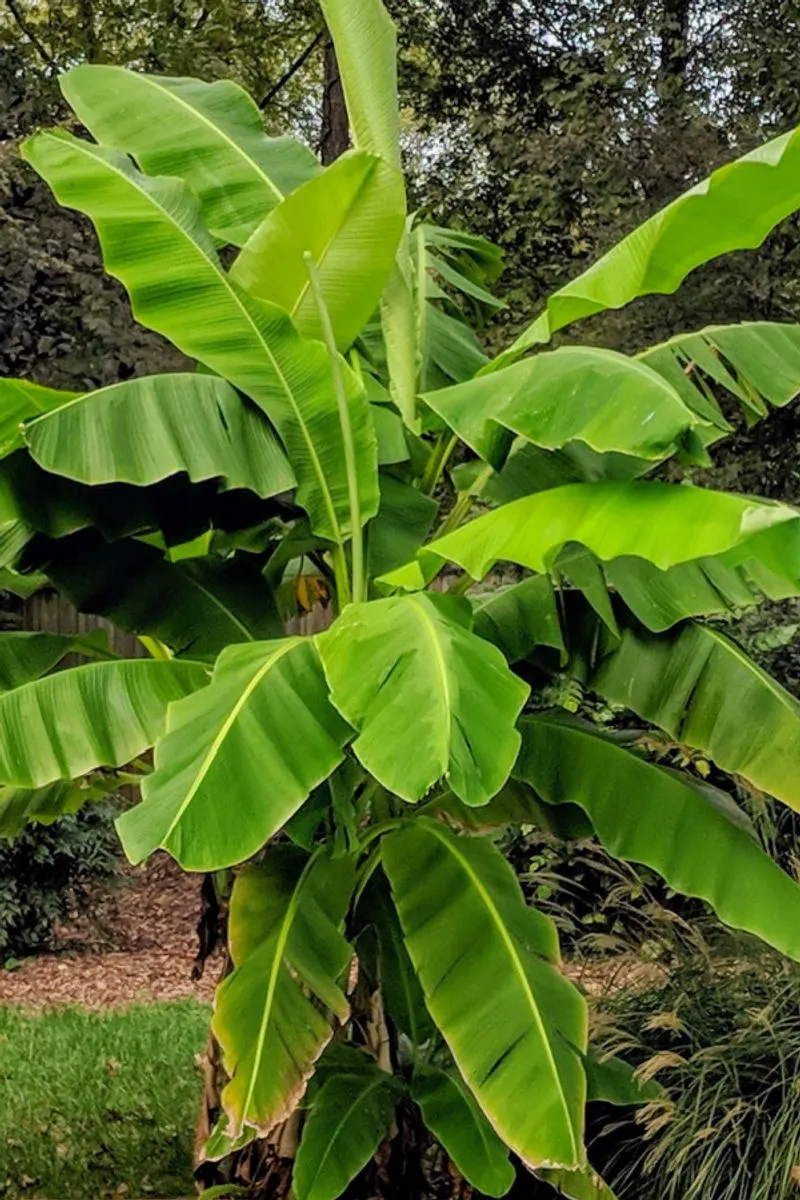
Banana trees, while iconic in tropical landscapes, struggle in temperate regions without a greenhouse. They require consistent warmth, humidity, and rich soil to thrive. In non-tropical environments, their growth can be stunted, and fruiting becomes a challenge.
These trees, originating from Southeast Asia, are known for their rapid growth and delicious fruit. However, without the right conditions, they may not reach their full potential. For those in cooler climates, a greenhouse can provide the necessary environment for these tropical giants.
Avocado Tree (Struggles)
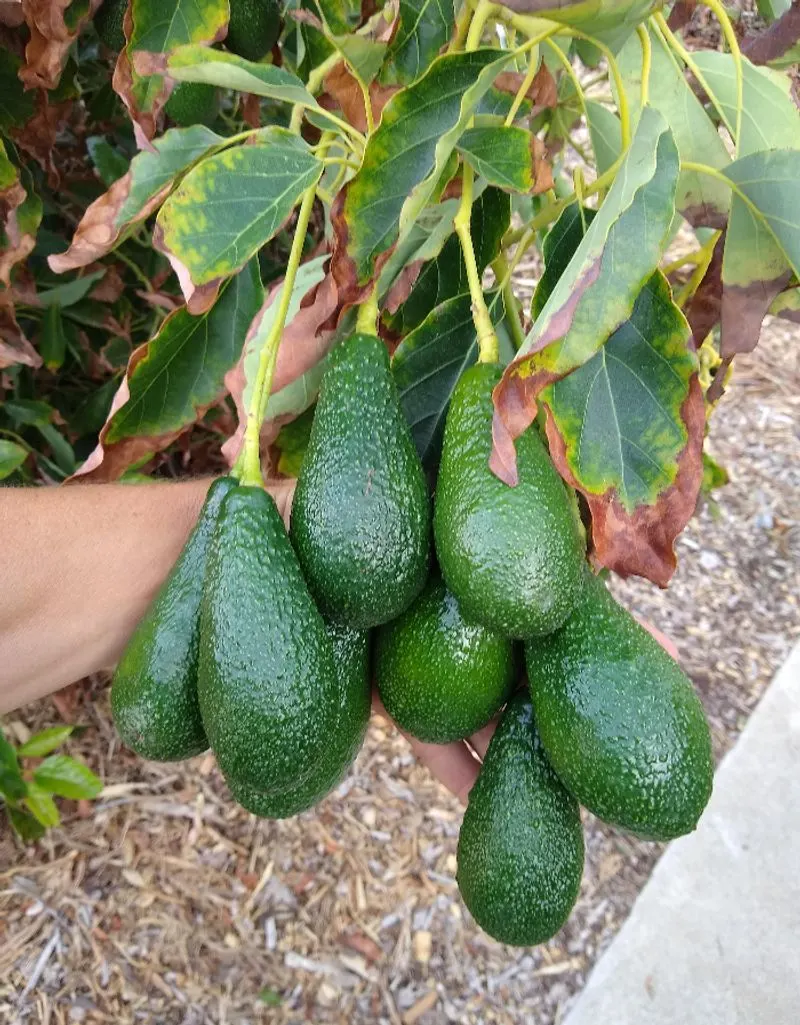
Avocado trees, with their creamy fruit, are a tropical delight that struggles without the warmth of a greenhouse. They need high humidity, consistent temperatures, and well-drained soil. In cooler climates, avocado trees may not bear fruit or thrive.
Originating from Central America, avocados have become a global favorite for their rich flavor and health benefits. However, without the right conditions, cultivating them outside tropical regions can be a challenge, often requiring greenhouse conditions to prosper.
Pineapple Plant (Struggles)
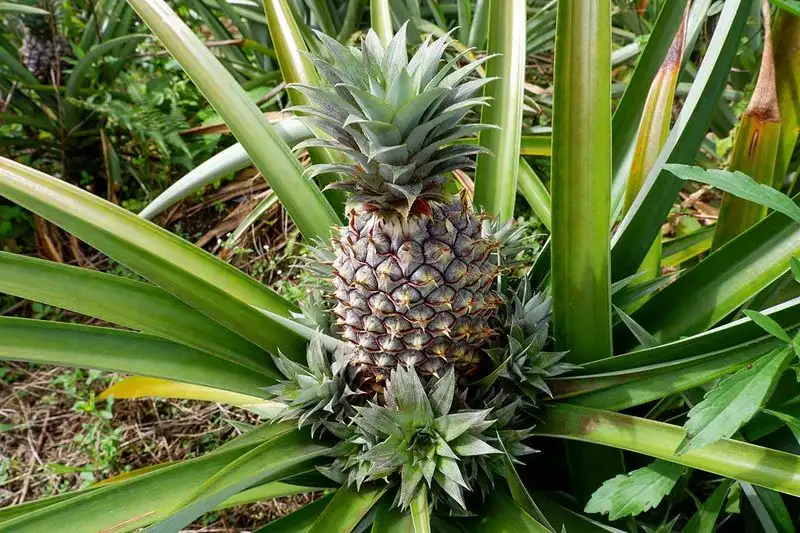
Pineapple plants, though not trees, are often grouped with fruit trees for their delicious produce. These tropical plants struggle outside of warm, humid climates without greenhouse protection. Their growth is hindered by low temperatures and poor soil conditions.
Originally from South America, pineapples have spread to tropical regions worldwide. They are known for their sweet, tangy flavor and unique appearance. Cultivating them in non-tropical areas requires careful attention to environmental controls, making greenhouses essential for success.
Papaya Tree (Struggles)
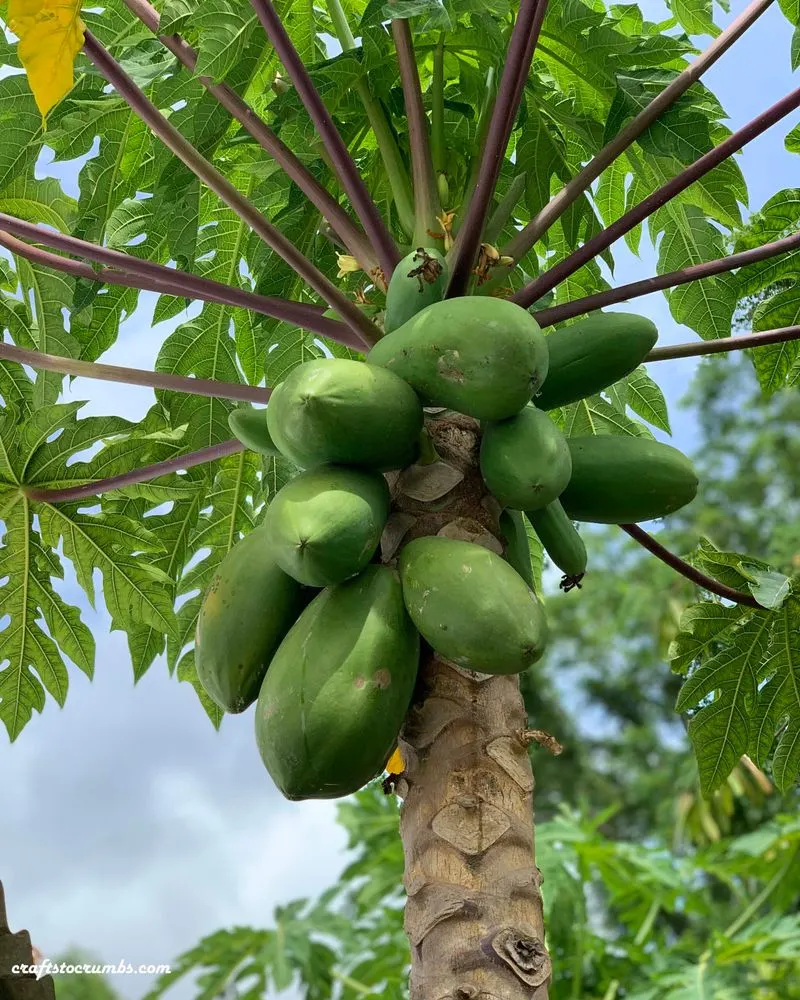
Papaya trees, with their luscious fruit, are synonymous with tropical climates. Without greenhouse conditions, they struggle in cooler regions, requiring warmth and humidity to thrive. In non-tropical gardens, their growth may be stunted, and fruiting limited.
Originating from Central America, papayas offer a sweet, exotic taste and numerous health benefits. However, replicating the ideal conditions outside tropical zones proves challenging, often necessitating a greenhouse for successful cultivation.
Guava Tree (Struggles)
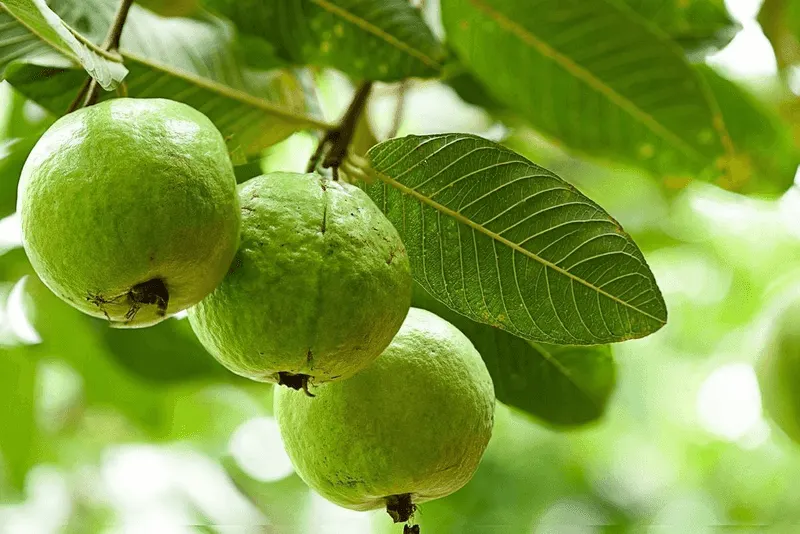
Guava trees struggle in temperate zones without greenhouse protection, needing warm temperatures and rich soil. These tropical trees are known for their sweet, fragrant fruit and lush foliage.
Originating from Central America, guavas have become popular worldwide for their flavor and nutritional benefits. However, cultivating them outside tropical climates requires careful management of environmental conditions. Without the warmth and humidity of their native habitats, guava trees may not reach their full potential.
Coffee Plant (Struggles)
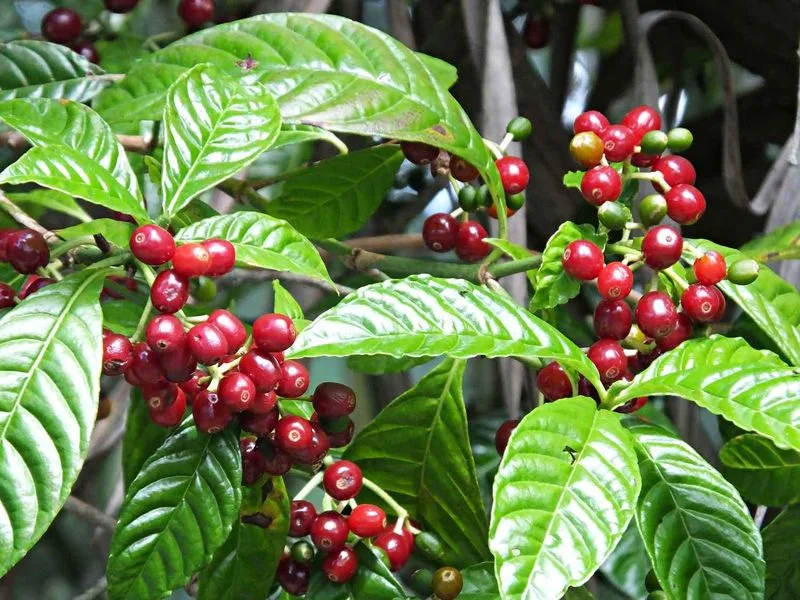
Coffee plants, renowned for their aromatic beans, struggle without the warmth of a greenhouse in non-tropical regions. They require consistent humidity and rich, well-drained soil to thrive.
Originating from Africa, coffee plants are integral to global coffee culture. However, outside their ideal climate, they may not produce the cherished beans. To cultivate coffee plants successfully in cooler areas, greenhouse conditions are often necessary, providing the warmth and humidity they need.
Lychee Tree (Struggles)
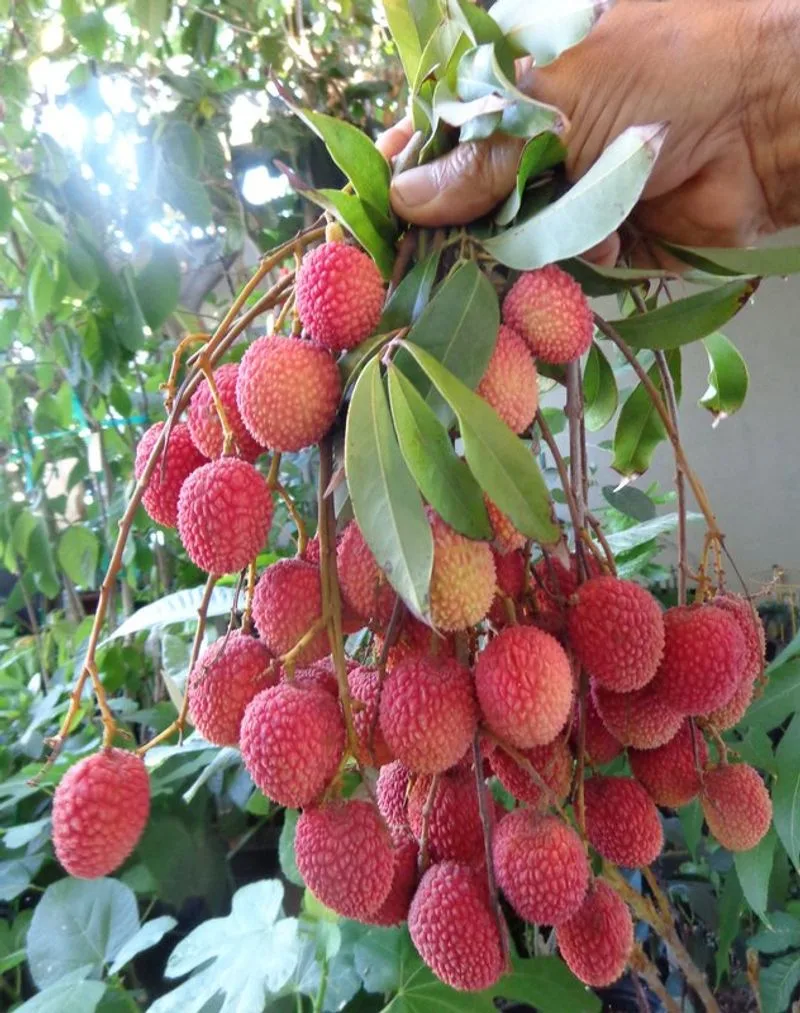
Lychee trees, with their luscious fruit, are a tropical treasure that struggles in non-tropical climates. They require warm temperatures and humidity, thriving best in subtropical regions.
Originating from China, lychees are celebrated for their sweet, juicy taste and nutritional value. Without the right conditions, their growth can be stunted, and fruiting minimal. For those in cooler climates, a greenhouse can provide a suitable environment for these exotic trees to flourish.

